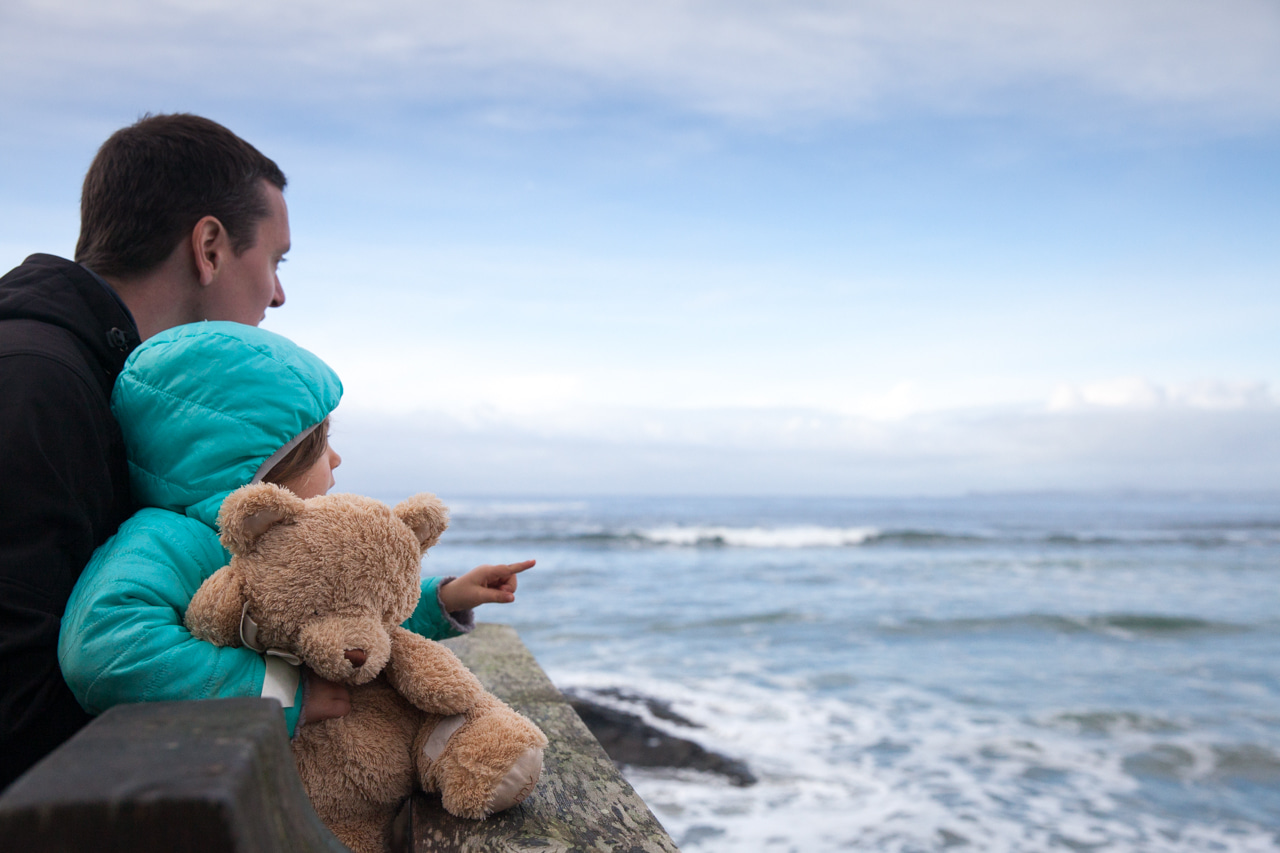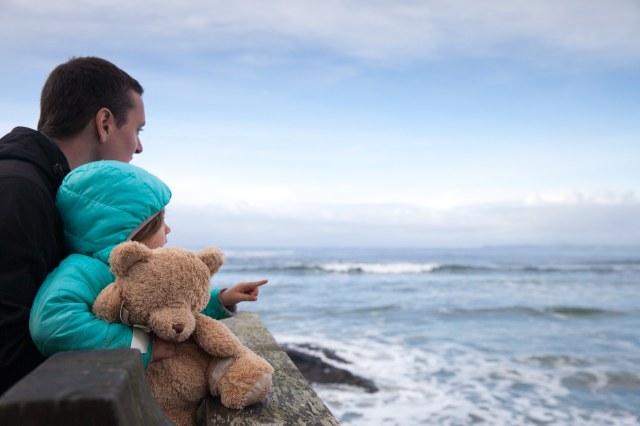
The coronavirus crisis means that we are living in a new time, and for some children this may cause anxiety. Ellen Bee, family therapist, provides tips and resources to help you and your family weather the storm and feel safe and calm.
As the coronavirus crisis continues to spread worldwide, uncertainty about what’s next creates a perfect storm for fueling anxiety. While our anxious feelings are understandable, it’s important to be aware of how anxiety is impacting our children and our families. Knowing how to respond to anxious feelings will help keep our families and loved ones calm and safe.
How Does Anxiety Affect Us?
Anxiety is our body’s natural stress response system. It helps us act in the face of impending danger. When faced with a threat, our “fight-or-flight” response activates and serves to keep us safe. In the case of the coronavirus crisis, many of us are making positive behavioral changes with social distancing and increased handwashing.
Sometimes, particularly in the face of an ambiguous threat, this internal alarm system may cause anxious responses that are not helpful. We may engage in behaviors that increase anxiety and undermine our safety in the long run. We have seen this in action with the hoarding of medical supplies needed by hospitals.
Model Appropriate Responses
As parents, it is important to model appropriate responses when your child expresses worry or fear. Children often look to their parents for guidance during ambiguous and distressing situations. When parents respond with fear, children learn to feel and do the same. When parents respond calmly and truthfully, they model thoughtful responses and effective coping skills.
When parents respond calmly and truthfully, they model thoughtful responses and effective coping skills.
Even if your child does not seem worried or bothered by what is happening or has not communicated anything to you, that does not mean they are not curious or thinking about it. This is a great opportunity to present age-appropriate facts and to answer or correct any misinformation they have about coronavirus.
If your child is feeling confused or concerned, validate their feelings with supportive statements. Be sure to accept their feelings while sending the message that you believe in your child’s ability to tolerate a little anxiety. (For example, “I understand that things seem scary right now, and it is all right to feel worried. I also know that you are trying your best to focus on the things within your control. I believe you can figure out how to handle this situation. Caring for each other is one thing we can do.”) These statements differ from protective responses like, “It will all be fine” or “Coronavirus is not a problem for kids, and you should not worry about it.”
Share the Facts
According to developmental psychologist Jean Piaget, children between the ages of two and seven are “preoperational.” This means they understand many cause-and-effect relationships in familiar contexts but may have trouble with less familiar and more complicated situations. Consequently, children may wonder how they contract the virus and what might happen to them. Use age-appropriate language to explain how the virus spreads and what measures they can control like handwashing and social distancing. Teaching your child about action steps recommended by the Centers for Disease Control and Prevention and the World Health Organization can help them be calm, safe, and healthy. And keeping up with recommendations from both organizations is a practical way to continually understand the coronavirus crisis, share the facts with your child, and prevent the spread.
Create a Routine and Add Some Fun
The disruption to daily life is a large transition for many, as schools and businesses are closing around the world. Transitions are stressful, and the disruption of routines may be particularly challenging for younger children. When things suddenly change, it is important to create structure and to develop a (temporary) new routine. Daily exercise, movement breaks during work time, and mindfulness activities are great ways to build self-care into this “new normal.” Activities can range from obstacle courses to reading time to imaginative play. Displaying the day’s activities on a family calendar or daily routine chart can help to communicate new routines visually and help children adjust.
Take Time for Self-Care
The reality is that we do not know how the next few weeks or months will unfold, and tolerating that level of uncertainty can be difficult for anyone. As parents, monitor your own emotional responses and take the time to process and validate your own feelings. Lastly, remember that you can turn to your community or a mental health professional during this time for resources, guidance, and support.
Ellen Bee would like to acknowledge her co-authors, Kelly Dunn, LCPC and Caroline Adelman, Ph.D.
Sources
Adelman, Caroline, “What Do We Tell Kids? Talking with Parents and Teens about COVID-19,” 2020 Ehmke, Rachel, “Talking to Kids about the Coronavirus,” [n.d.] Hicklin, Tianna, “Supportive Parenting Can Reduce Child’s Anxiety,” 2019
Age-Appropriate Learning about the Coronavirus
BrainPOP, “Coronavirus,” [n.d.] Farmer Kris, Deborah, “How to Talk to Your Kids about Coronavirus,” 2020
About the Author:
Ellen Bee received her Master of Arts in Counseling from Northwestern University. She completed a post-graduate clinical fellowship at The Family Institute at Northwestern University, with advanced training in the use of systemic and evidence-based therapy practices. Ellen is currently Assistant Clinical Director and staff therapist at Chicago Psychotherapy, where she specializes in the treatment of Anxiety Disorders, Obsessive-Compulsive Disorder, and Mood Disorders. She works with clients of all ages, in both individual and family modalities.











